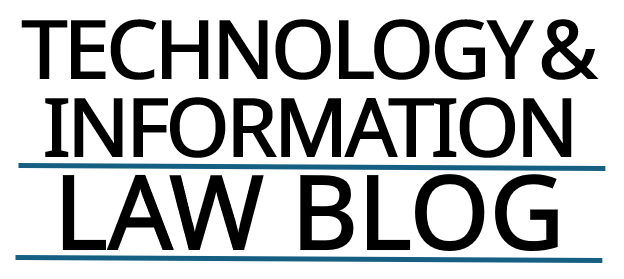In Platinum Optics Technology Inc. v. Viavi Solutions Inc., No. 23-1227 (Fed. Cir. Aug. 16, 2024), the Federal Circuit dismissed an appeal from an inter partes review (IPR) decision for lack of Article III standing. The court declined to reach the merits of the Patent Trial and Appeal Board’s (PTAB) decision upholding the validity of Viavi’s U.S. Patent No. 9,354,369, which claims optical filters using hydrogenated silicon with precise optical properties.
Background
Viavi’s ’369 patent claims a hydrogenated silicon material with a high refractive index (n > 3) and low extinction coefficient (k < 0.0005) over a wavelength range of 800–1100 nm—properties touted as enhancing optical filter performance. Platinum Optics Technology Inc. (PTOT) challenged the claims in an IPR, arguing obviousness based on prior art including Pilgrim, Gibbons, Lairson, and Yoda. The PTAB disagreed, concluding that the specific combination of optical properties was not taught or suggested in the cited references and would have required significant experimentation without an expectation of success.
Following this defeat, PTOT sought Federal Circuit review—but was met with a standing challenge.
No Injury, No Standing
The court reiterated that unlike participation before the PTAB, appeal to the Federal Circuit requires Article III standing. Relying on Lujan v. Defenders of Wildlife, 504 U.S. 555 (1992), Spokeo, Inc. v. Robins, 578 U.S. 330 (2016), and Phigenix, Inc. v. Immunogen, Inc., 845 F.3d 1168 (Fed. Cir. 2017), the panel emphasized the need for a “concrete and particularized” injury.
PTOT cited two bases for standing: (1) continued distribution of the same products previously accused of infringing the ’369 patent, and (2) development of new optical filters. But the infringement claims involving the ’369 patent had been dismissed with prejudice in earlier district court actions (Viavi I and Viavi II), foreclosing future liability from those suits. Citing Apple Inc. v. Qualcomm Inc., 992 F.3d 1378 (Fed. Cir. 2021), and Prasco, LLC v. Medicis Pharm. Corp., 537 F.3d 1329 (Fed. Cir. 2008), the court held that PTOT’s speculation about the risk of future litigation did not amount to a substantial risk of infringement or a threat sufficient to establish standing.
As to the new products under development, the court found the supporting declaration from PTOT’s executive vague and conclusory. Following JTEKT Corp. v. GKN Auto. LTD., 898 F.3d 1217 (Fed. Cir. 2018), and Allgenesis Biotherapeutics Inc. v. Cloudbreak Therapeutics, LLC, 85 F.4th 1377 (Fed. Cir. 2023), the court explained that declarations lacking specific technical detail or concrete plans cannot support a finding of injury in fact.
Key Takeaways
- A history of litigation—without more—does not establish standing to appeal an IPR decision, particularly where infringement claims have been dismissed with prejudice.
- General assertions about ongoing product development are insufficient. Concrete, detailed plans and a plausible risk of suit are necessary to satisfy Article III.
- PTOT’s inability to cross the standing threshold means the Federal Circuit left undisturbed the PTAB’s substantive finding that the ’369 patent was not shown to be obvious over the prior art.
While the technical validity of Viavi’s patent remains intact, Platinum Optics underscores a strategic pitfall for petitioners: an IPR loss cannot always be appealed, even after contentious district court litigation. Petitioners should consider standing implications early—especially if litigation history may later undercut injury arguments on appeal.
By Charles Gideon Korrell
